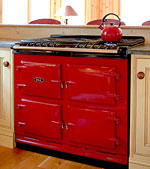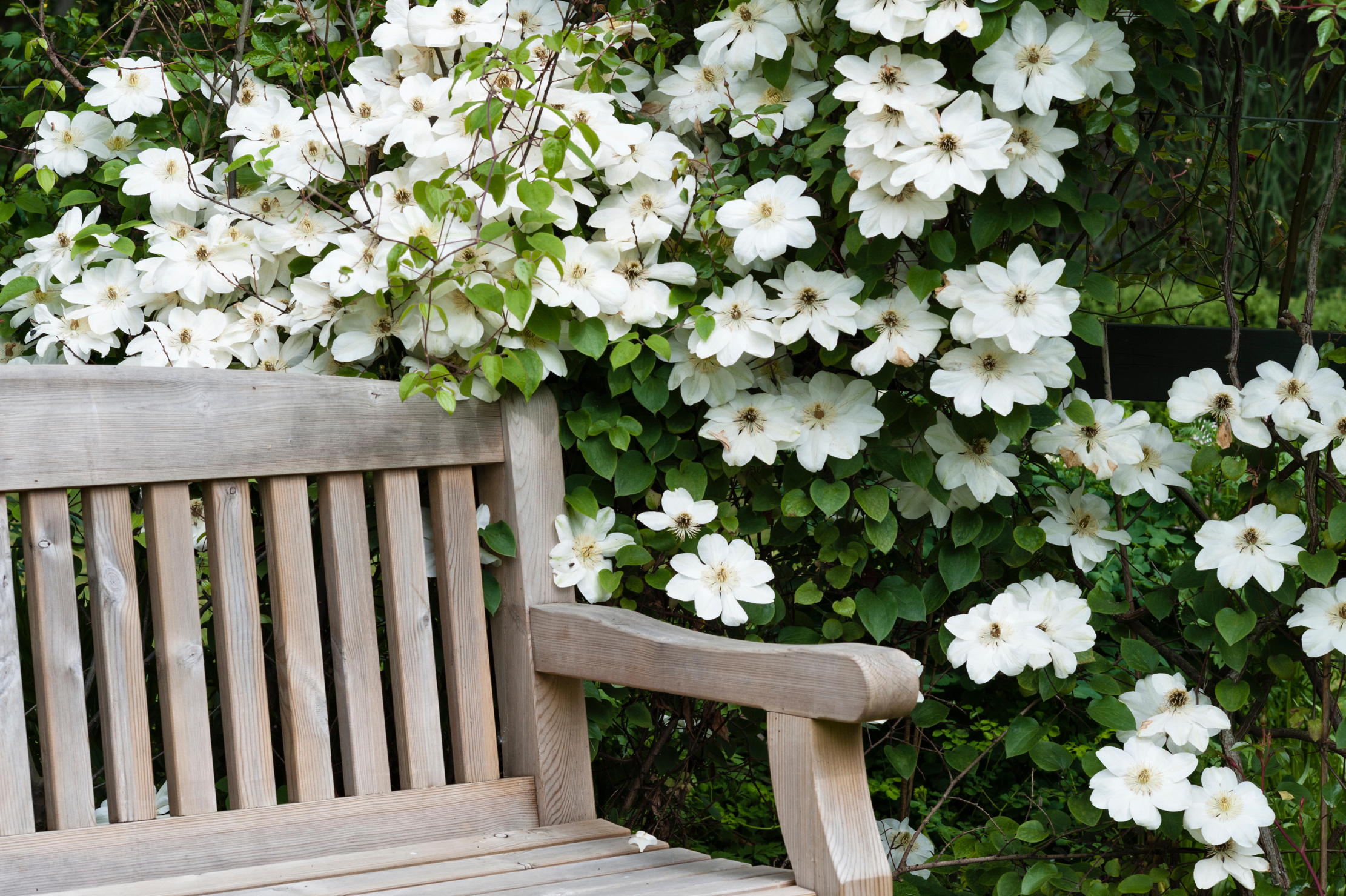How to service your Aga
Melanie Cable-Alexandra investigates how to look after your Aga


Two mothers, one a London metro-exile and the other married to a landowner, are standing outside the pretty façade of a Somerset prep school, deep in conversation. Their subject? Clothes? Children? Certainly not the topic invoking in them more ardour than their Hunters is their Aga.
The Aga has inspired passion as hot as the top oven ever since it was invented by the blind Swedish physicist Dr Gustaf Dalen in 1922. This time, however, the fervour is for something different: Aga DIY. ‘Service your own?’ squeaks the landowner’s wife. ‘Isn’t that terribly difficult?’ ‘Absolutely not’ replies the metro-exile.
The man responsible for triggering conversations such as this among country-house owners all over the country is David Badham-Thornhill. Four years ago, he realised that he knew more about how Agas operated than the men who serviced them, and decided to share his knowledge with everyone else. ‘We didn’t know whether anyone would want to do this,’ says the dark-haired, slim, 50-something Mr Badham-Thornhill from his Dorset drawing room, which tick-tocks with Harry Potter esque abandon, as clocks and their restoration are his other passion. ‘But, during peak season, we get 25 requests for our service manual a day’ especially now with high oil prices and the credit crunch.
His clients are often the kind of well-heeled types who might be listed in Burke’s Peerage or Who’s Who, such as the voice of BBC Radio 4’s Woman’s Hour, Jenni Murray, and Lord Kilmaine (who describes the instructions as ‘excellent’, even when he has rung for advice at weekends).
Mr Badham-Thornhill insists that servicing an Aga is ‘really easy’, ‘only takes as little as 30 minutes’ and ‘that you can’t go wrong’. However, spotting an expression of doubt on my face, he summons me into his kitchen (sure enough, he owns a much-loved cream four-door Aga) to show me how simple the process is. His kitchen table is littered with an overabundance of pipes, metal boxes and all the bits and bobs that go into making an Aga work, which Mr Badham-Thornhill also sells to anyone wanting to replace broken or worn-out parts.
Piece by piece, he shows me how the cooker operates, and I start losing concentration (I’m not gifted at understanding mechanics), but, as he discusses the burner, it dawns on me that he’s right servicing is terribly, terribly simple. ‘It’s essentially about cleaning the burner,’ he says, pointing to a circular cylinder, punctured by holes that contain other smaller cylinders, stacked together like Russian dolls. He removes each cylinder and points to the circular metal base supporting them that contains a glass-fibre wick. ‘And you might need to change this.’
I can feel enthusiasm rising, because I have an Aga and can already see the £200 or so I’m going to save on my annual service, as it only costs a one-off payment of £36 for advice and the service manual, which seems no more complex than a Lego instruction leaflet. However, there is some bad news: Mr Badham-Thornhill’s technique only applies to oil-fired cookers, not gas ones such as mine, which require Corgi-registered engineers.
Sign up for the Country Life Newsletter
Exquisite houses, the beauty of Nature, and how to get the most from your life, straight to your inbox.
Control is the main element of gratification that clients express, for Agas notoriously have their own minds, and ‘have an uncanny knack of going out at Christmas’. Yet one gets the sense that Mr Badham-Thornhill would even assist panicking clients on December 25 if they asked nicely. Far better to avoid the shame, however, and follow the manual.
For the AgaDIY service, telephone 01300 634634 or visit www.agadiyservice.co.uk
Aga Facts
● Every new Aga is made from 70% recycled materials, such as car gear-boxes, old machinery, guttering, cookers, door fittings, drain covers and lampposts
● Agas can run on various sources of fuel, including LPG (Liquefied Petroleum Gas), natural gas, diesel, kerosene heating oil, or electricity. There are also biofuel-ready Agas available
● Well-known Aga owners include The Prince of Wales, David Cameron, Madonna, Sting, Raymond Blanc, Emma Bridge-water, and Tom Parker-Bowles
● For more information, visit www.aga-web.co.uk
Country Life is unlike any other magazine: the only glossy weekly on the newsstand and the only magazine that has been guest-edited by HRH The King not once, but twice. It is a celebration of modern rural life and all its diverse joys and pleasures — that was first published in Queen Victoria's Diamond Jubilee year. Our eclectic mixture of witty and informative content — from the most up-to-date property news and commentary and a coveted glimpse inside some of the UK's best houses and gardens, to gardening, the arts and interior design, written by experts in their field — still cannot be found in print or online, anywhere else.
-
 The Business Class product that spawned a generation of knock-offs: What it’s like to fly in Qatar Airways’ Qsuite cabin
The Business Class product that spawned a generation of knock-offs: What it’s like to fly in Qatar Airways’ Qsuite cabinQatar Airways’ Qsuite cabin has been setting the standard for Business Class travel since it was introduced in 2017.
By Rosie Paterson
-
 Six of the best Clematis montanas that every garden needs
Six of the best Clematis montanas that every garden needsClematis montana is easy to grow and look after, and is considered by some to be 'the most graceful and floriferous of all'.
By Charles Quest-Ritson